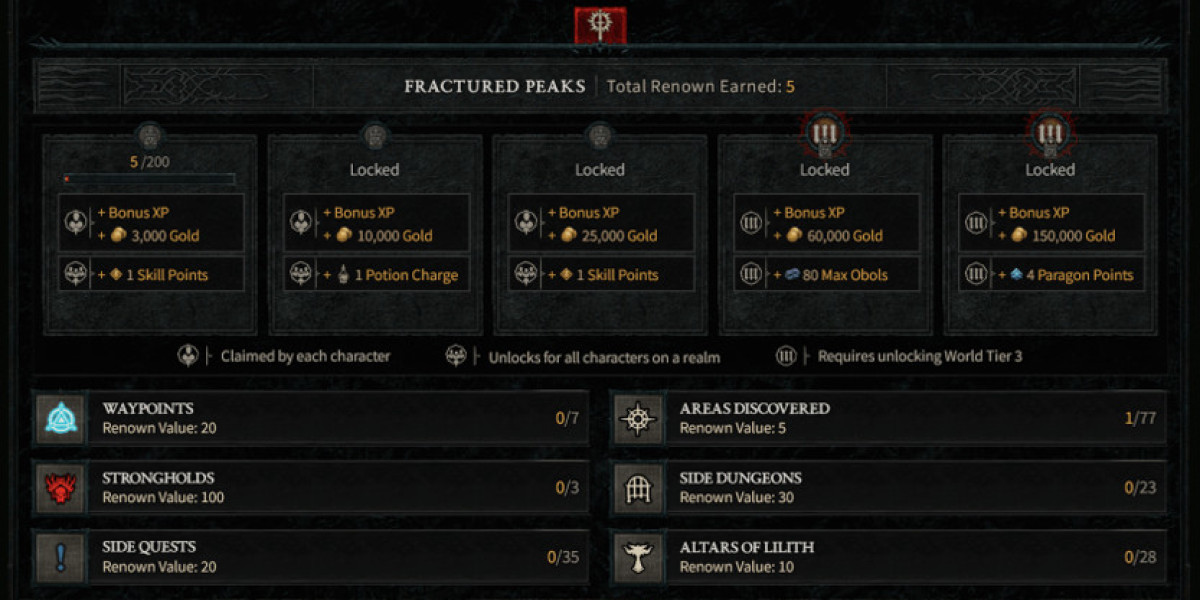The Rise of Built-in Ovens: Enhancing Modern Kitchens
In the ever-evolving world of home improvement, built-in ovens have emerged as a staple in contemporary kitchen design. These appliances not just provide a sleek and seamless aesthetic however likewise contribute considerably to the functionality and performance of home cooking. This short article looks into the various aspects of built-in ovens, including their benefits, types, installation considerations, and upkeep, in addition to often asked concerns to provide a detailed overview.
What is a Built-in Oven?
A built-in oven is a home appliance created to be set up into kitchen cabinets, giving it a structured appearance and releasing up counter area. Unlike standard freestanding ovens, which stand alone and are often large, built-in ovens fit flush with cabinetry for a more integrated look. They are offered in numerous sizes, designs, and functions, accommodating a large range of cooking requirements and kitchen designs.
Advantages of Built-in Ovens
Beko 99L Built-In Double Oven - Stainless Steel ovens come with many benefits that make them attractive to house owners. Below are some of the essential benefits:
- Space Efficiency: Built-in ovens conserve counter space while optimizing kitchen layouts.
- Customizable Design: They can be integrated into cabinets, permitting house owners to personalize aesthetics according to personal taste.
- Improved Performance: Many Bosch Serie 4 Built-in Oven with 3D Hotair ovens come equipped with sophisticated cooking innovations, permitting better heat distribution and faster cooking times.
- Ease of access: Their setup at eye level makes it much easier to examine food without flexing down, offering greater benefit and safety.
- Resale Value: A Modern kitchens-day, well-designed kitchen can boost property value, making built-in ovens an investment worth considering.
Kinds Of Built-in Ovens
Built-in ovens can be classified based on their design and function. The following list lays out the typical types of built-in ovens offered on the marketplace:
- Single Ovens: A basic model that includes one cooking compartment.
- Double Ovens: These included two different compartments, which enable cooking several dishes at various temperatures.
- Wall Ovens: Installed into the wall for a space-saving service, these ovens use convenience and ease of access and can be either single or Ovensandhobs double.
- Steam Ovens: These utilize steam for wet cooking and are frequently preferred for much healthier meal preparation.
- Convection Ovens: Designed with a fan that distributes hot air, guaranteeing even cooking and browning.
| Type | Description | Ideal For |
|---|---|---|
| Single Cookology 72L Electric Oven & Microwave Combo | One cooking compartment for basic baking and roasting. | Little households and kitchens. |
| Double Oven | 2 compartments for synchronised cooking of different meals. | Large households with varied menus. |
| Wall Oven | Built into the wall for simple gain access to. | Space-conscious cooking areas. |
| Steam Oven | Cooks utilizing steam for healthier options. | Health-conscious people. |
| Convection Oven | Circulates hot air for even cooking and much faster outcomes. | Baking enthusiasts and chefs. |
Installation Considerations
Picking to install a built-in oven includes numerous considerations to make sure that it fits effortlessly within the kitchen. Crucial factors consist of:
- Cabinet Dimensions: Accurate measurement of the cabinet space needed for the oven is crucial for an appropriate fit.
- Power Supply: Built-in ovens generally need a dedicated power supply; speaking with a licensed electrical expert might be needed.
- Ventilation: Ensure that the oven's ventilation requirements are met to promote safe operation.
- Local Building Codes: Compliance with regional codes is important when setting up any kitchen home appliance.
It's strongly advised that setup be carried out by experts to guarantee security and adherence to maker requirements.
Upkeep of Built-in Ovens
Keeping built-in ovens is important to guarantee their longevity and operation. Below are some tips for effective upkeep:
- Regular Cleaning: Wipe down surfaces after each usage to prevent build-up; think about self-cleaning choices if offered.
- Check Seals: Inspect the oven door seals regularly for wear and tear to maintain efficiency and prevent heat loss.
- Calibrate Temperature: Occasionally check and change oven temperature level settings if cooking outcomes are inconsistent.
- Expert Servicing: Schedule regular maintenance with qualified technicians for electrical elements and deeper cleansing.
Regularly Asked Questions (FAQs)
Q1: How do I pick the best size built-in oven for my kitchen?
A1: Measure the readily available cabinet space and consider the cooking practices of your home. Single or double ovens are common choices based on meal preparation needs.
Q2: Are built-in ovens more energy-efficient than freestanding ones?
A2: Built-in ovens can be more energy-efficient due to better insulation and advanced cooking technology; nevertheless, real performance depends on the particular design and usage.
Q3: Can built-in ovens be installed throughout the kitchen?
A3: Built-in ovens require particular kitchen cabinetry and might require a devoted power source, so planning their placement thoroughly within the kitchen layout is important.
Q4: What sort of upkeep do built-in ovens require?
A4: Regular cleaning, checking door seals, calibrating temperature levels, and expert servicing as required are all components of appropriate maintenance.
Built-in ovens are an amazing addition to contemporary kitchen areas, providing both visual and useful benefits. Their space-saving design, personalized alternatives, and advanced features cater to diverse cooking needs. When thinking about a Bosch Serie 4 Built-in Oven with 3D Hotair oven, homeowners need to consider their specific culinary preferences, kitchen layout, and maintenance capabilities. By doing so, they would be making a valuable investment in their home, increasing both performance and design.









